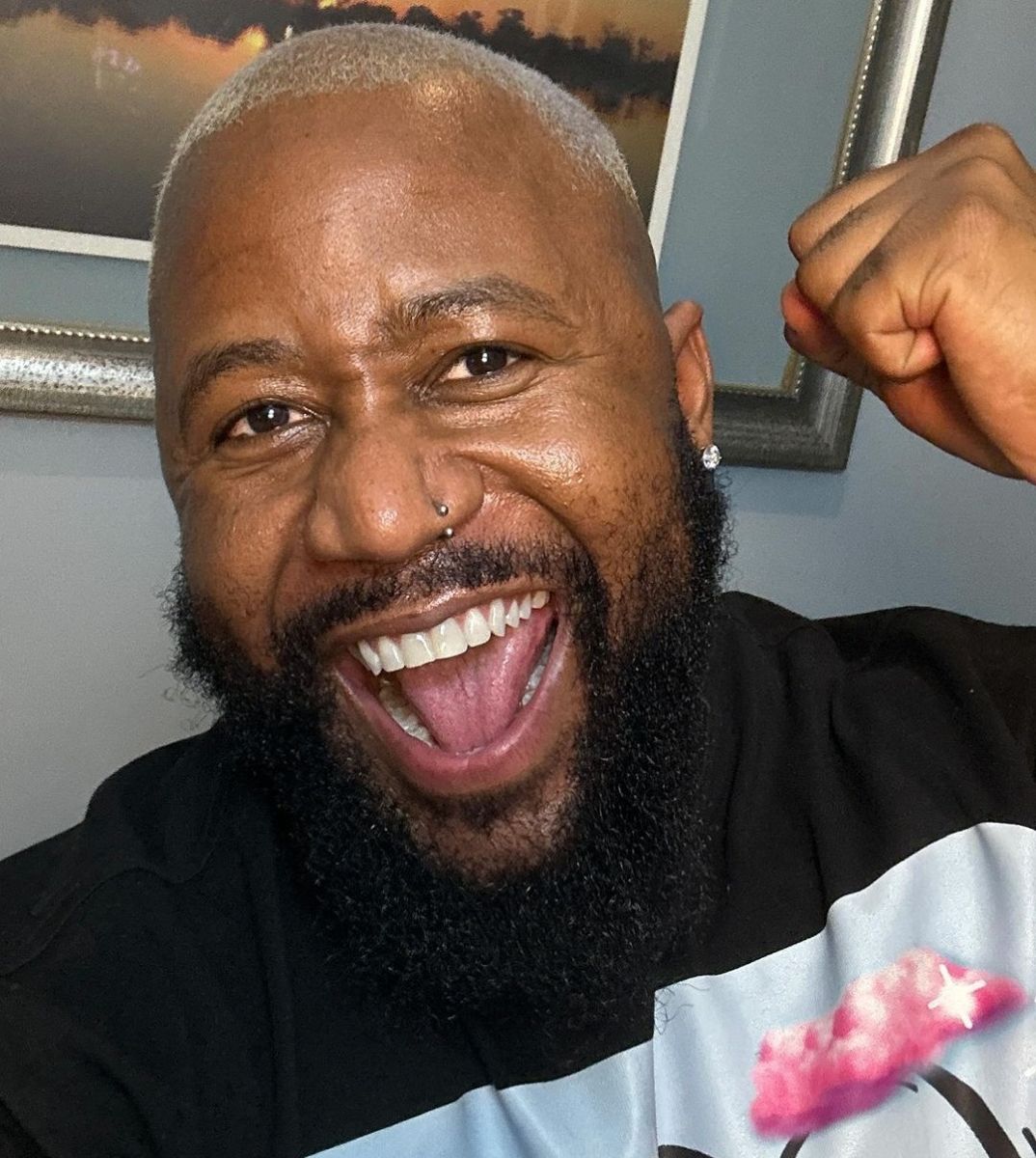
History
March 21, 1960, will never be forgotten in South Africa. It was a dark day when police officers in a black township in South Africa opened fire on a group of peaceful protesters who were marching against oppressive pass laws. 69 were killed. The Sharpeville Massacre is remembered every March 21 on the International Day for the Elimination of Racial Discrimination.
The massacre happened during apartheid. It was a time when Black South Africans were denied rights and freedoms because they were not considered “white” or privileged. This was during a system called “Apartheid,” meaning “apartness” in the Afrikaans language. It was endorsed, legalized, and promoted by the National Party, elected in the country in 1948 by a minority made up exclusively of the white electorate.
In apartheid law, South Africans were placed into four racial categories:
- white/European
- native/black
- coloured (people of “mixed race”)
- And Indian/Asian.
White or European people, made up 15 percent of the South African population, stood as the top race. They wielded power and wealth and also made laws. Black South Africans comprised 80 percent of the population and were considered the bottom race. Apartheid laws restricted almost every aspect of black South Africans’ lives.
Some of these laws included the Pass laws. It forced Black South Africans to carry a pass at all times. The laws existed before apartheid, but they were made worse under apartheid. The government used pass laws to control the movement of the Blacks in the country, restricting their access to several places, including where they could live and work.
The Protest
South Africans peacefully protested apartheid laws calling for more leniency and freedom. They also opposed the pass laws. In March 1960, a group called the Pan African Congress (PAC) announced plans to organize a peaceful protest in the black township of Sharpeville. According to the plan, protestors would march to the local police station without their passes and ask to be arrested for violating the pass law.
Thousands of South Africans attended the protest in Sharpeville on March 21. They all marched peacefully to the Sharpeville Police Station in protest. Refusing to carry their passes, they chanted freedom songs and shouted, “Down with passes.” A protester, Simon Mkutau, recalled that “The atmosphere was cheerful; people were happy, singing and dancing.” But that was not for long.
In response to the protest, heavy police presence began to surround the crowd of protesters, and they increased with time. Also, armored vehicles were spotted, and military jets started to hover over the protesters. Without warning, Police opened fire on the crowd of protesters.
One of the protesters, Lydia Mahabuke, said, “While we were standing there and singing we suddenly saw the police in a row pointing their guns at us. Whilst we were still singing, without any word or argument, we just heard the guns being fired. She felt something hit her back when she tried to run. “After having felt this, I tried to look back. People were falling, scattered. There was blood streaming down my leg. I tried to hobble. I struggled to get home.”
Victims
According to reports, 69 people were killed in the massacre. Also, more than 180 people were injured. Most injured were shot in the back as they fled the violent scene. More reports revealed over 700 bullets had been fired at the peaceful protesters by police.
Several witnesses claimed they saw police putting guns and knives in the hands of dead victims, so it looked like the protestors were armed and violent. Others said they saw police mocking some victims who made it out alive, while some claimed police killed injured who lay helpless on the ground. After the massacre, police arrested some protesters at hospitals and waited for some to heal before they arrested and imprisoned them.







